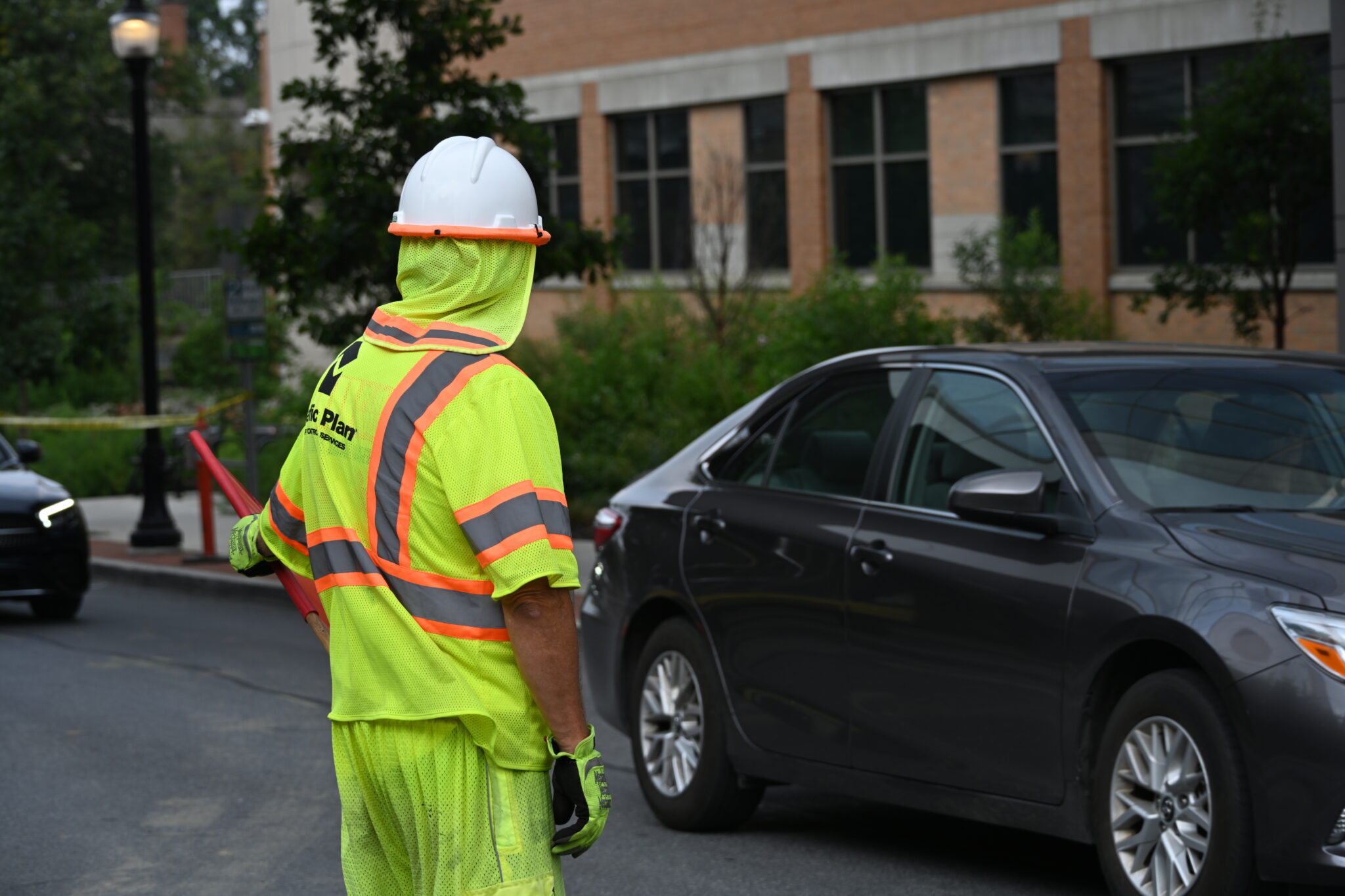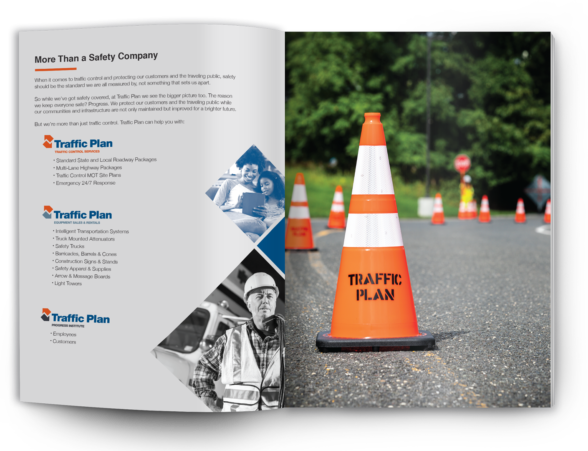
Setting out cones, propping up a few signs, and maybe having one crew member halfheartedly directing traffic isn’t even close to enough to ensure the safety of your team, the public, and the properties surrounding your job site. Haphazard traffic control can lead to property damage, injury, or even the loss of life — and your company could be held liable.
Here, we’ll explore how proper flagging and comprehensive work zone setup are crucial for not only preventing accidents on the job site but also reducing your liability as a contractor, and how professional traffic control companies like Traffic Plan are key partners in this process.
1. Compliance with Regulations
Professional traffic control companies are deeply versed in federal, state, and local traffic safety standards, especially the Manual on Uniform Traffic Control Devices (MUTCD) and its equivalents. The MUTCD establishes the national baseline for all traffic control devices and is widely enforced across jurisdictions.
In the Mid-Atlantic, states often layer additional rules on top of MUTCD standards. For example, Pennsylvania also follows Publication 213, a 500+ page document that explains and diagrams virtually any flagger situation possible. In Virginia, the state has its own supplement to the MUTCD, including their Work Area Protection Manual, which sets standards and guidelines for temporary traffic control that meet or exceed federal minimum requirements.
More than a recommendation, adhering to these standards is a legal obligation. Noncompliance jeopardizes eligibility for federal funding and opens contractors to liability if an accident occurs and MUTCD missteps are revealed in litigation. Traffic Plan’s expertise ensures that work zones align with both federal and regional standards to reduce the risks of citations, fines, and legal exposure.
2. Certified & Trained Personnel
Proper training and certification are critical. All Traffic Plan employees on job sites receive their American Traffic Safety Services Association (ATSSA) flagger certification through our Progress Institute, where they may also receive training for truck-mounted attenuator driving standards and nomenclature, Intermediate VDOT work zone traffic control training (required in Virginia), and advanced training for Crew Chiefs and Technicians. With these education initiatives, our highly trained workforce understands how to manage lane closures, signal traffic, and mitigate hazards properly in our never-ending efforts to prevent accidents stemming from poor signaling or disorganized traffic flow.
3. Proper Equipment & Setup
On highways and heavily trafficked roadways, cones and simple signs alone are not enough. Well-maintained, industry-standard equipment — including signage, barricades, cones, lighting, and barriers that meet or exceed regulatory standards — must be used. The Federal Highway Administration (FHWA) promotes a “Safe System” approach, which emphasizes separation, impact mitigation, and clear communication in work zones. For example, truck-mounted attenuators, temporary traffic barriers, and positive protection techniques provide a safe physical separation between moving traffic and construction crew members.
In addition to our work zone setup and traffic control expertise, Traffic Plan has the right equipment for the job. From cones and barrels to arrow signs and lighting towers, we use the best traffic control devices in the industry to set up safe, compliant work zones.
4. Documentation & Incident Reporting
When an accident occurs, having a detailed record can make all the difference. Maintaining comprehensive job documentation — including safety plans, setup diagrams, equipment logs, and incident reports demonstrating that contractors made reasonable, industry-standard efforts to ensure safety — can be pivotal in litigation. Such documentation shows proactive compliance rather than reactive response. It also serves as evidence of due diligence, which strengthens contractors’ legal posture and, in many cases, enables insurance defenses.
5. Insurance & Risk Transfer
Many professional traffic control companies carry their own liability insurance. If an incident occurs that involves traffic control operations, that insurance may absorb some or all claims, easing the financial burden on contractors.
6. Public Safety & Reputation
Beyond compliance, professional traffic control helps to protect your reputation. Public perception matters, and the public’s trust can significantly influence future bidding opportunities. A well-managed, orderly work zone demonstrates professionalism and a commitment to safety. Conversely, accidents that attract negative publicity can harm a company’s reputation and competitiveness.
Traffic Control Ensures Safe & Compliant Work Zones
Professional traffic control is far more than cone placement. It’s a multilayered service that involves legal and regulatory compliance via MUTCD and regional standards using certified, trained personnel. In the Mid-Atlantic, where job site regulation is rigorous and high-volume traffic heightens the risk of incidents, partnering with a professional traffic control company can be the difference between risking litigation and confidently completing safe, compliant, and reputable work.
Ready to protect your crew — and your company? Contact Traffic Plan to secure your projects with industry-leading traffic control solutions tailored for safety, compliance, and peace of mind.


